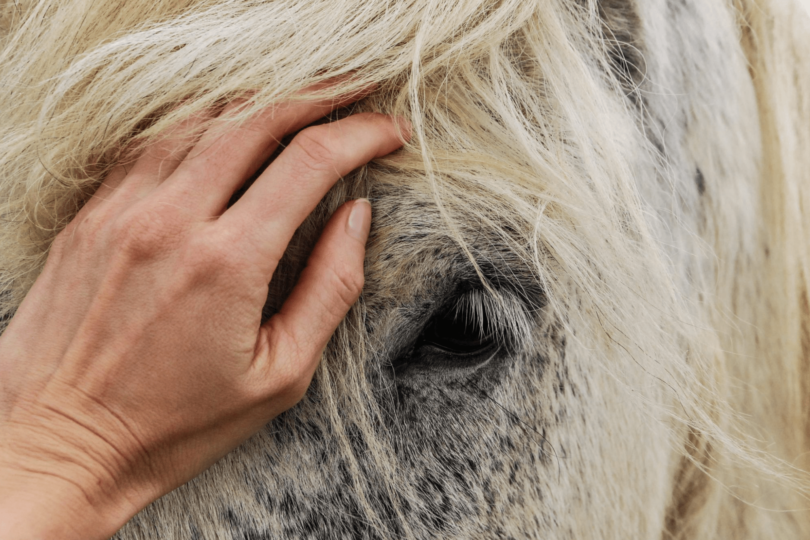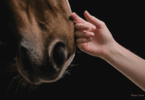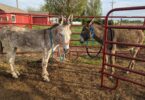Fix the ties that bind
Brace yourselves, it’s about to get deep up in here.
If you’re anything like me, you will read a title like this and sink deeper into your hoodie, just peering over your sweater strings enough to read the first few lines to determine whether this post will be safe enough to read. Relational missteps and pain are difficult to talk about and difficult to face.
Whether we want to admit it or not, our relationships drive so many different factors in our lives, ranging from what we wear to how we act to how we feel about ourselves. Conflict throws stress upon a heart that has been through hurt.
Memories resonate in our mind: what we wish could have happened, what we should have said, how we wish we would have perceived the other person, how we wish they perceived us. When conflict and misunderstandings arise, many of us from sheer instinct will shrink back in fear. What do we fear?
We fear shame. We fear hurt. We fear loss.
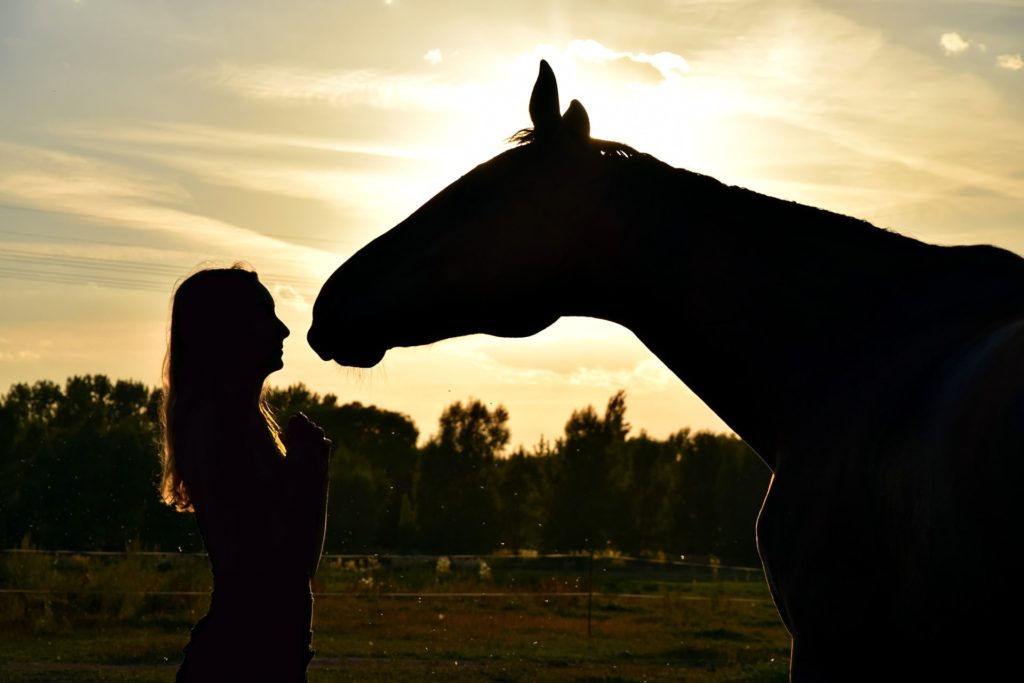
Photo Credit: Pexels
These things can only happen in close contact. But there are other things that only come through closeness: Love, empathy, and being truly known. So when these painful experiences arise, whether with someone we care about or someone who has imposed themselves upon us, how do we move forward? How do we learn to be vulnerable again, and love without the fear?
I don’t think that we get to the point of loving without fear until we have loved through the fear.
There is a time of negotiating within ourselves and in relation to our loved ones where memories of past pain arise. We will either see the memory for what it was and embrace the potential of a new experience, or we will live in the reality of the fear itself.
Even when we choose to open ourselves to a new experience, there is an element of reckoning with the past, and the damage that it caused you. The memory rides parallel to the new experience, begging the question, “Which do you believe?”
Outdoor to indoor: Dr. Jekyll to Ms. Hyde
When I was about twelve years old, I started riding a horse named Chile. She was a beautiful, small, bay Arabian mare. She had a lovely dished face and big brown eyes you could get lost in. I adored her and wouldn’t trade lessons on her for any other horse.
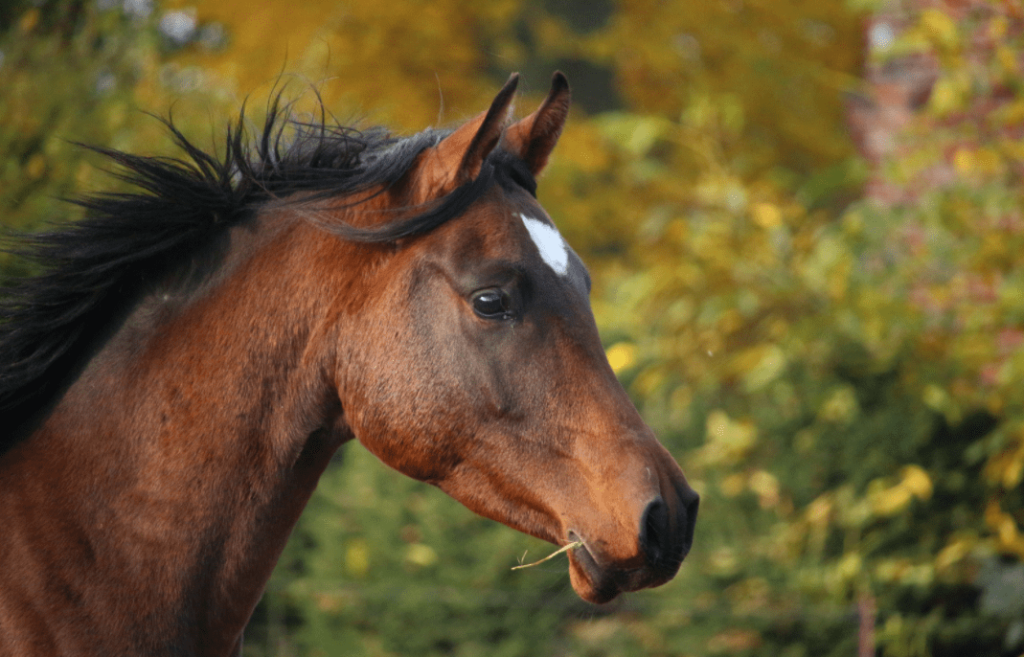
Photo Credit: Canva
As the fall turned into winter in North San Diego, however, rain forced our lessons into the indoor arena. The horse that I knew to be a little bit jumpy here and there would now take off on me every single lesson. If it wasn’t the rumble of the tractor gathering hay, it was the pounding rain on the roof of arena. While I couldn’t always predict when she would spook, I did get to know her various triggers.
Some days, she coped with the rain better. Other days, I didn’t realize the tractor was firing up behind me until she was already galloping around the arena. I never could anticipate exactly when her spooks would happen.
Over time, I learned just how to remain in the saddle and coach her out of them best I could. But I never could prevent her from spooking. I went on to ride other horses, and none of them have ever been as flighty as dear Chile.
To this day, I still hate riding in covered arenas when it’s raining.
Small horse, big lesson learned
As a result of riding Chile, I still tense up when a quick-footed horse quivers their shoulders and stiffens their body beneath me. Why? Because most of my experiences in rainy indoor arenas on fourteen-hand Arabians was overwhelmingly scary and chaotic. When similar situations arise today, I’m contending with the big monster-in-the-closet memory.
When you’ve taken a nasty fall, what’s that first mount-up like after the incident? What are things that trigger those memories?
Sometimes, when we give ourselves considerable time between the incident and our next riding session, the memory of the traumatic event will grow bigger in our minds.
We rehearse the event in our minds repeatedly, perhaps trying to figure out a way we could have prevented it, but what we are really doing is making our minds think this one event happened hundreds of times. This is why our trainers encourage us to get right back in the saddle.
Horses have great memories, like we do, and they reflect our fear. Horses, too, fear harm. A horse’s fear memory, combined with our fear memory, can escalate quickly into another issue. But the beauty of horses is that they are also relationally elastic. When they spook, they can come back from it. When we screw up, they can forgive us and move on from that.
They want to trust. They want to feel safe, just like we do. Their panic attacks look a lot different than ours due to the thousand-pound weight difference and more primitive brains. But fear is fear. Memory is memory. And we can work through these memories together with the same approach: choosing a new experience and reinforcing it over against the fear memory.
Forgiving is easier than forgetting
Just like interpersonal relationships, we cannot reinforce a new experience without having the old memory tag along. If we want to ride again, at some point we will need to get back in the saddle. If we want to love again, we must open ourselves up again.
When we reach that point of moving forward, there will be triggers along the way. But by remembering that the painful or scary event is in the past, and realizing that our fear is often bigger than the potential hurt that could happen to us, we can use our resources to build a healthier relational bond.
We can be more honest. We can be more accepting. We can encourage growth and help the Other (be it horse or loved one) towards a better future. Relationships can be repaired. Bridges can be rebuilt. Horses can revisit the scary circumstance and, with our encouragement and guidance, walk through it.
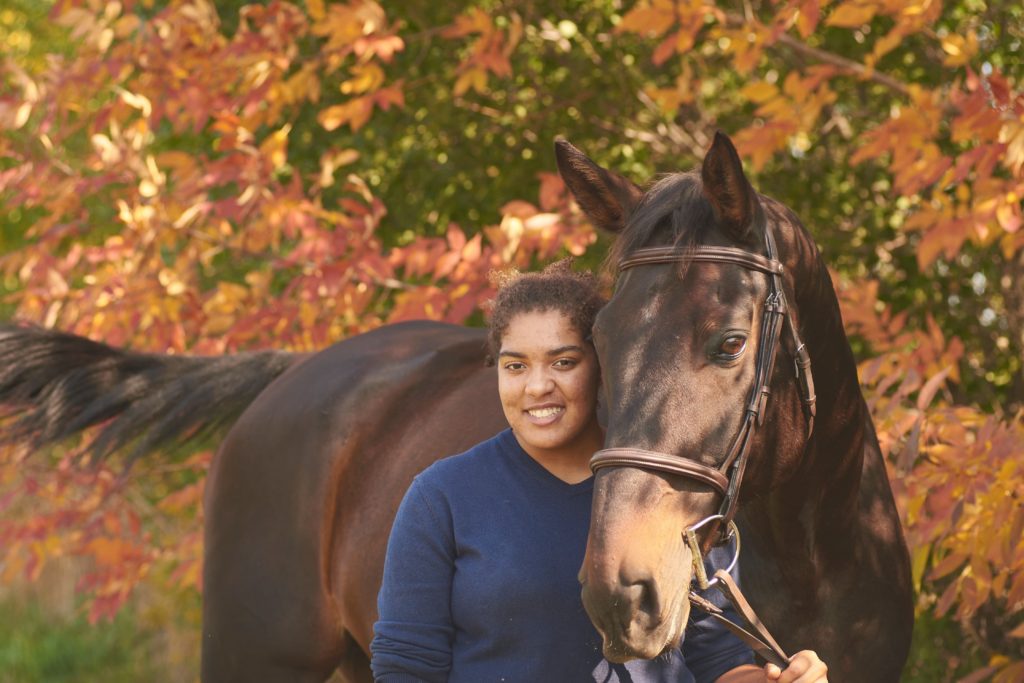
Photo Credit: Mya Brathwaite
Oftentimes, the memory of the experience is much more of a Goliath than the original event. And the overall point is connection, right? We are building trust and making a commitment to the horse, saying
No matter what happens, we will ride through this together.
No one can change the past. You can’t take hurtful words back. You can’t undo a riding mistake. You can’t make a horse forget what spooked them. But through intentionality and choosing to reinforce care, love, and safety, you can create a new space with a completely new experience.
There may be some limping along at first, as we are all tentative to revisit painful circumstances. But with time and a little courage, you can arrive at a better, safer “normal” and leave fear behind.
Frequently Asked Questions
How long does it take to bond with a horse?
Each horse and rider combination is different. Some horses and people will bond quickly, others can take years to form a bond, or it may simply never happen. Regardless, it will take time to develop a trusting relationship.
Do you board your horse, or keep him at home? The more time you spend with your horse, the more likely you are to develop a bond. If you only go out to see your horse once or twice a week, it may take years to develop that bond. If you keep your horse at home and interact multiple times a day, the bonding process may go faster. Some horses are also naturally more inclined to bond with humans.
How do you tell if your horse has bonded with you?
It takes time to build a bond with your horse. Some signs you have successfully built a relationship based on trust include:
- Your horse walks up to you in the pasture or arena to greet you
- Your horse is relaxed around you (ears relaxed, relaxed facial expression, or resting a back hoof)
- Your horse shows you respect and treats you as his leader
- Your horse drops his head for you (horses hold their heads up high to look into the distance for threats—dropping his head means he is limiting his flight options, a sign of trust)
How do you get your horse to trust you?
Building trust takes time. It is important for your horse to recognize you as the leader, always. You must act consistently—this means asking for things and responding to your horse’s behavior in a way she can predict. If you are erratic, or lose your temper, you will quickly erode any trust you have built.
Horses like routines and predictability; if you understand their behavior and interact with them in a way they understand, you will build trust much faster.
What are some horse bonding dos and don’ts?
If you are working to build a bond with your horse, do more than just ride. Groundwork exercises can be a great way to learn how to read each other’s body language. Facial expressions and ear movements can clue you in on your horse’s mood.
Spending time to just visit (don’t always work them or ride) can be helpful; hand graze your horse, spend extra time grooming, and consider bringing out some special treats like carrots or soaked alfalfa cubes in the winter. Once you build trust, don’t take it for granted! Trust can be lost much faster than it is gained.
What are some horse bonding games?
Groundwork can be a great way to bond with your horse and establish you as the leader. You can use positive reinforcement to teach your horse different games on the ground which may help build or strengthen your bond.
Always start simple, be patient, and reward small steps.
- Follow-the-leader: Teach your horse to follow you; as you get more advanced, add in obstacles to the game
- Soccer: The Jolly Mega Ball is a popular pasture and stall toy for your horse; first, desensitize him to the ball: once he is calm and relaxed, you can start teaching how to nudge or kick the ball
- Platform: Slowly teach your horse to put his foot on an object; eventually you can build up to getting him to stand on a platform; this can be especially useful for teaching a horse how to load into a trailer or cross a bridge
P.S. Enjoy this article? Trot on over to:
- 32 Things you can do today to calm your riding nerves forever
- How can I calm my nerves before horse riding?
- What are some ways to gain confidence riding horses
- How to Overcome Fear After Falling Off a Horse
- Equestrian Hit Air Vest Review: My Favorite Fall in 20 Years

